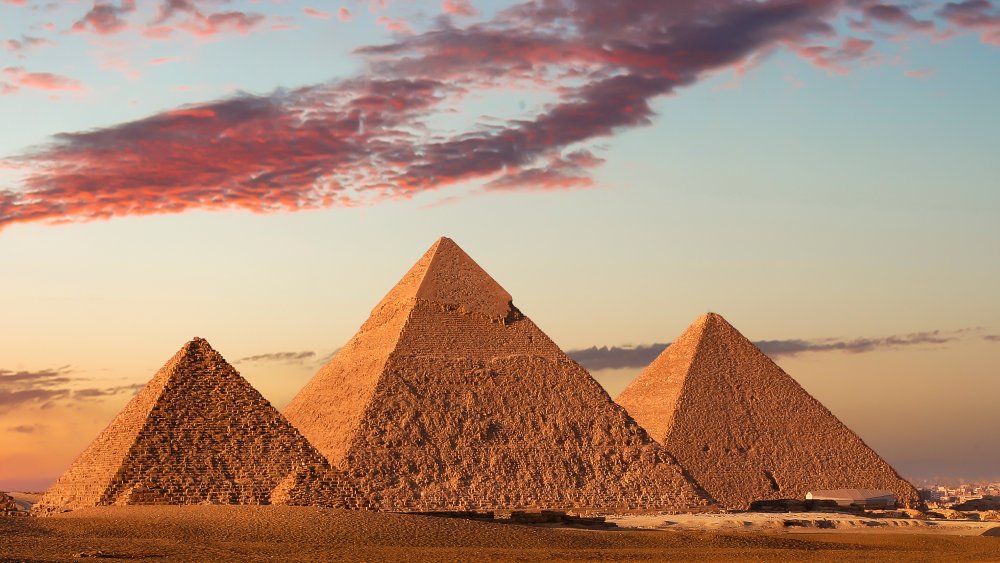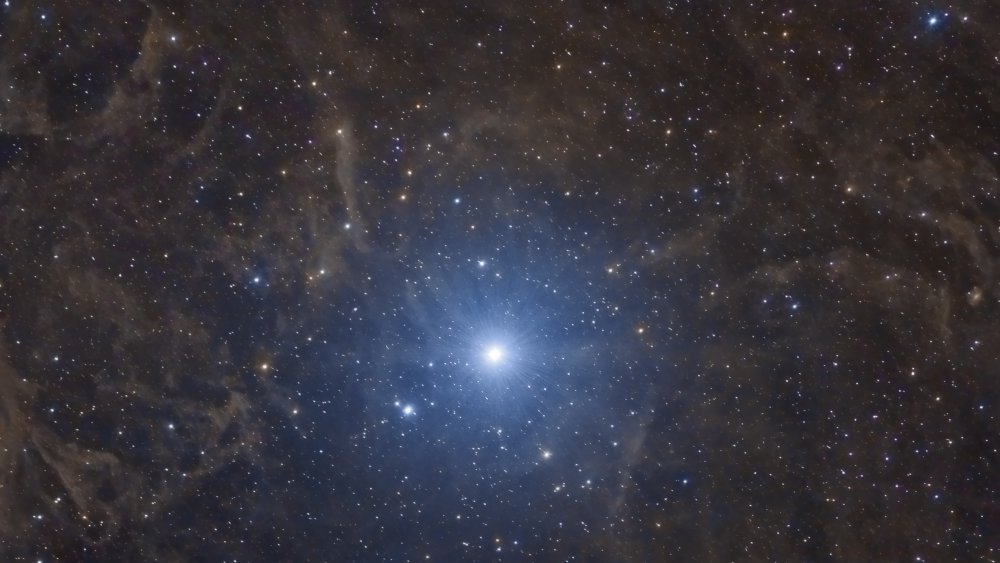The Star That Probably Helped The Egyptians Build The Pyramids
Everyone knows the pyramids of Egypt are old, but it can be hard to conceptualize just how long ago these ancient wonders were constructed. When Cleopatra took up the crook and flail as the last Pharaoh of Egypt the pyramids were already older to her than she is to us. They are so old, in fact, that they were built at a time when an entirely different celestial body served as the sky's North Star.
Thuban, which can still be seen in the constellation Draco, used to serve as the North Star before the one we know and love today, Polaris, was called up to the big leagues. There has long been theory and speculation that the architects of the pyramids aligned various entrances and air tunnels with celestial bodies (although not everyone agrees). If the pyramid builders did have the cosmos in mind when they were hashing out their plans, Thuban would have likely played a prominent role.
Old star, newly discovered orbits
Though the erstwhile North Star has retired from its prestigious post, astronomers aren't done discovering new things about Thuban. At a recent meeting of the American Astronomical Society scientists presented an exciting new finding: Thuban has a buddy. Thanks to NASA's Transiting Exoplanet Survey Satellite (or TESS), astronomers noticed a faint star that eclipses Thuban every 51.4 days. The orbits are brief and the brightness of Thuban — which is 4.3x larger than our own sun and about a bajillion degrees hotter — apparently made them easy to miss.
While previously unknown stars eclipsing primordial celestial guideposts sounds like the stuff of conspiracy theory dreams, it's unlikely the ancient Egyptians were aware of this phenomena considering it took modern humans launching a planet hunting satellite to discover. But that surely won't stop true believers from speculating wildly. It looks like season 16 of Ancient Aliens already has some exciting new material!

